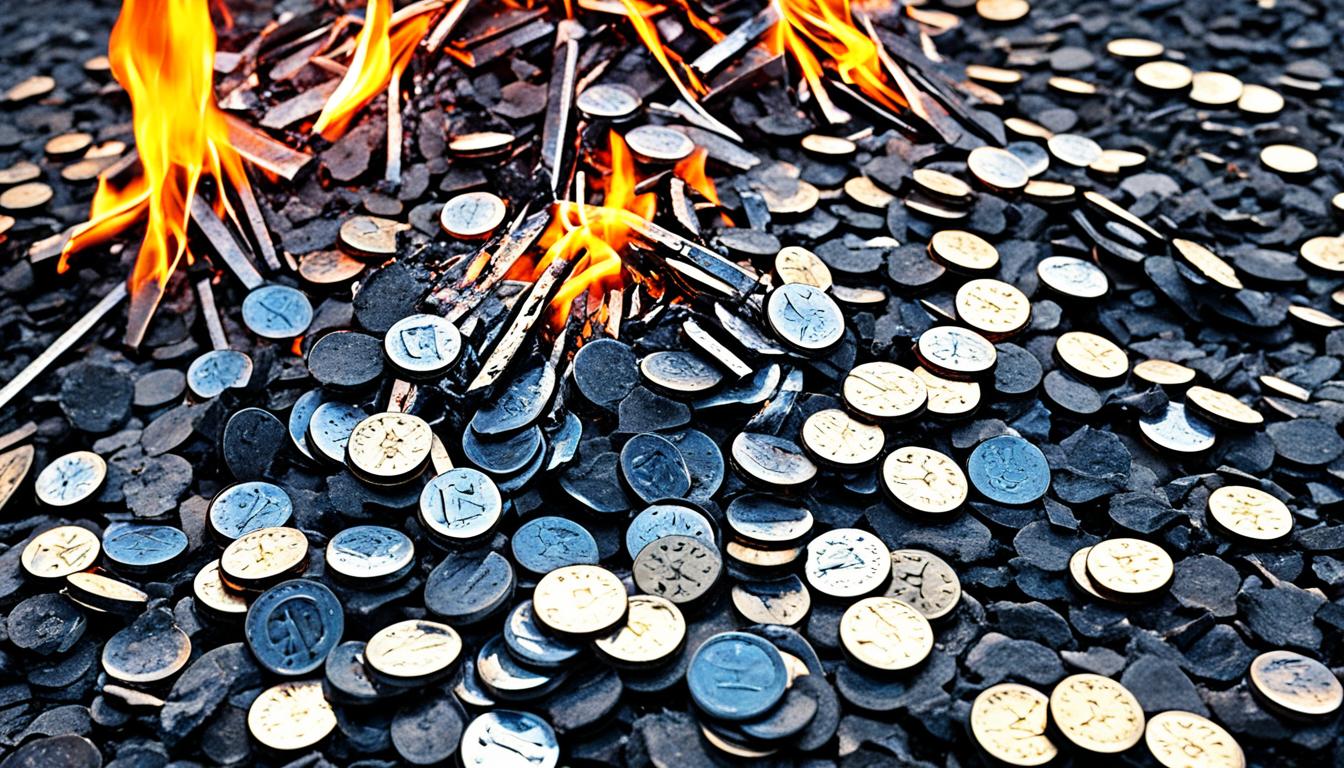Token burning is the process of permanently removing cryptocurrency from circulation by sending it to an unusable wallet—one that nobody can access. Once burned, those tokens are gone forever. This reduces the total supply, often with the goal of making the remaining tokens more valuable over time.
Projects like Binance Coin (BNB), KuCoin Shares (KCS), and Shiba Inu have used token burns to control supply and influence price. It’s similar to a company buying back its own stock—by reducing the number of shares (or tokens) available, each remaining one could become more scarce and valuable.
Some blockchains also use Proof of Burn as a way to validate transactions. In this system, miners burn tokens to earn the right to add new blocks, offering a more energy-efficient alternative to traditional mining.
Token burning doesn’t guarantee price increases, but it’s a strategic tool that can benefit both projects and long-term holders by encouraging scarcity and aligning incentives with growth.

